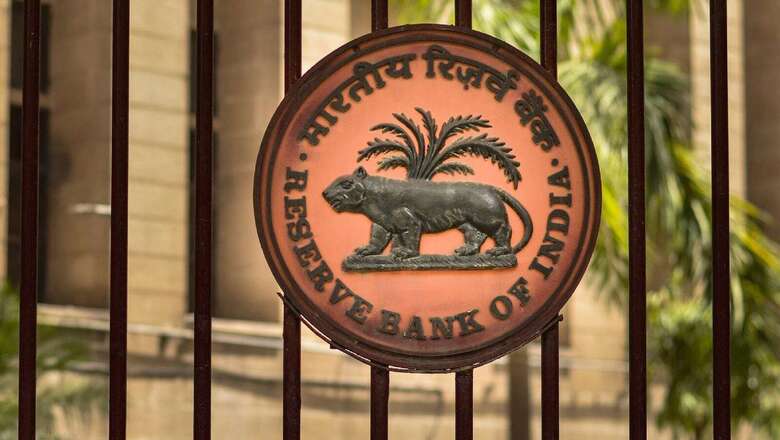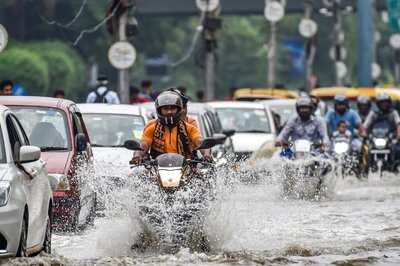
views
The impact of recent changes to GST rates and somewhat uneven distribution of the southwest monsoon rainfall with the deficiency in the eastern region of the country could be a source of upward pressure on prices, according to the minutes of the RBI’s Monetary Policy Committee (MPC). It also said some rise in GST tax rates, electricity tariffs, energy costs and rupee depreciation, although the rupee is showing signs of mean reversion towards real equilibrium values, are short-term risks for inflation.
MPC member Shashanka Bhide said, “On the domestic front, inflationary pressures exerted by the rising input prices are continuing. The impact of recent changes to GST rates, somewhat uneven distribution of the southwest monsoon rainfall with deficiency in the eastern region of the country, could be source of upward pressure on prices. The Enterprise Surveys conducted by the RBI in May-June 2022 find that majority of the firms in all the major sectors of the economy, manufacturing, services and infrastructure, expect the cost pressures to continue through the current financial year. As a consequence, product prices are also expected to increase.”
Bhide added that the present pattern of trends and assessments suggest a gradual decline in inflation rate during FY 2022-23 but still above the upper level of the tolerance band around the target of 4 per cent. Going forward, the food inflation scenario would be affected by the overall rainfall conditions in the remaining period of the present monsoon and the crop prospects, besides the global price conditions.
“The easing of global prices in the case of energy and other raw materials may soften the prices in the non-food sectors although there may still be pressures from the incomplete pass through of the higher input prices that prevailed. The upside risks to any declining inflation trajectory in the short term are significant. Taking into account these trends, for FY 2022-23, the headline CPI inflation rates have been projected at 7.1 per cent for Q2, 6.4 per cent for Q3 and 5.8 per cent in Q4. The projected inflation rate for FY 2022-23 is at 6.7 per cent, the same as in the June MPC meeting,” he said.
Another member Ashima Goyal said that inflation is still above the tolerance band, and shows signs of being so for the first 3 quarters of 2022-23. This can be destabilising for inflation expectations. That policy responds strongly to ensure its inflation commitments is important for the credibility of an inflation-targeting regime, according to the minutes.
“Some rise in GST tax rates, electricity tariffs, energy costs and rupee depreciation, although the rupee is showing signs of mean reversion towards real equilibrium values, are short-term risks for inflation,” Goyal said, as per the minutes.
The meeting of the six-member MPC took place during August 3-5, during which it hiked the key policy interest rates in the country.
Goyal also said attempting a soft landing for the economy is important. For this, policy rates should not depart far from equilibrium. Such an outcome also balances between those who gain from a rise in rates and those who lose from it.
“My research showed Indian real rates were required to be negative in slumps but low positive in booms. The healthy recovery suggests we are no longer in a slump. Crude oil prices have fallen, but their persistence above $100, is a negative supply shock, raising the required one-year ahead real rate into positive territory. One year ahead inflation is expected to be around 5 per cent. Therefore, I vote for a 50 bps rise raising the repo rate to 5.4 per cent, and delivering the required low positive real rate,” Goyal said.
The retail inflation in India eased to 6.71 per cent in July, compared with 7.01 per cent in June.
Read the Latest News and Breaking News here


















Comments
0 comment